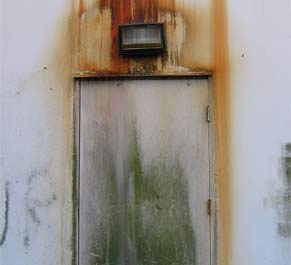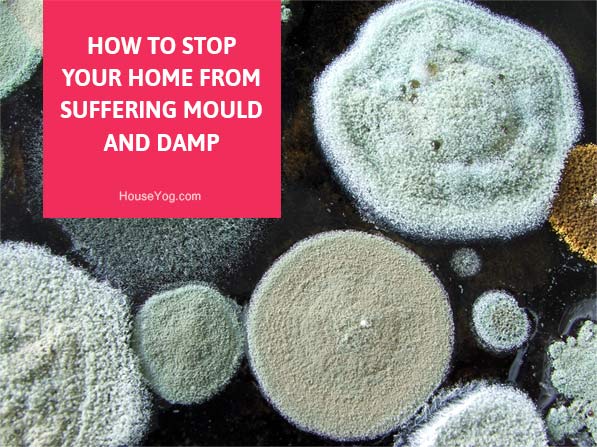Mould and damp – two words that every homeowner dreads. They can wreak havoc in a home and need to be avoided if you are to live in a safe and warm environment.
Luckily, there are some easy precautionary steps to take that can drastically reduce the chance of getting mould and dampness in your home – keep reading to find out more!
Mould, what is it?
This pesky growth is a collection of microorganisms that can grow on just about any surface in a house – as long as there is enough moisture present. Generally, places such as bathrooms, basements, roofs, kitchen, and windows are the most prevalent places that it will grow.
It can appear to be somewhat furry, and can take on a host of colours – the most common of which is black.
Ways that mould and damp creep into homes
There are many ways in which mould and dampness can make their way into a home. Many people living in a home together is an easy way for mould to form, due to the warm air that is released when breathing.
Household activities such as cooking, doing the laundry, watering plants, taking showers, and more all lead to an increase in moisture inside of the home. This moisture, if allowed to collect on surfaces and walls, will begin to form mould.
It’s a good idea to store vegetables and other perishables in well-ventilated cupboards. Because, the lack of air and light can easily lead to dampness and mould forming.
Ways to identify mould problems in the house
Checking your house regularly will help to prevent the problem of mould and damp. Windows or doors that are not properly sealed are a prime location to check, as moisture on these surfaces will lead to dampness and mould formation – especially during the winter months.


Roof leakage or damage to plumbing can be a major cause for concern as they are often hard to reach or spot. Take note of any room in the house that might have a musky smell to it – this is a big indicator of mould.
Garages and basements are easy areas for mould to form due to their cold nature. Evaporation does not occur easily in these areas, so be aware of leaving boxes and furniture unchecked in these locations.
Rugs and other mats left on the floor must be aired out regularly. They should be kept in well-ventilated areas.
Inspecting your home is an important part of detection and prevention. With the advances in technology that we have today, you can even use your phone or tablet to help with an inspection – Property Inspect is a great app that can help you with this.
Generally, the smell of the mould is noticeable before its visual appearance.
How to prevent mould and dampness
All is not lost as there are some easy ways to help prevent mould from forming.
Ensure that your home stays in as dry a condition as possible. This means repairing any cracks or leaks that might appear in the house. Sloping the ground outside to promote water runoff is a great way to prevent mould and dampness.
A household fan can also help fight the moisture. Extraction fans in places such as bathrooms and kitchens can dramatically reduce the chance of an area remaining damp. If you are drying clothes inside the house open a window and put a fan on to evacuate the wet air.
Place a dehumidifier inside areas of the house where moisture collects, such as basements, garages, or any other area in the house that might not have sufficient ventilation to combat the moisture. These little devices will help to reduce humidity and quite literally suck the moisture out of the air.
If your basement is struggling to remain dry, avoid putting insulation in or doing things such as wall boarding. Another neat trick is to keep this area carpet-free. Instead, put mats or rugs on the floor and take them out regularly to dry and ventilate them.
Final thoughts
While dampness and mould can be detrimental to any home, it’s quite easy to avoid if you regularly check your home. Increasing ventilation and keeping moisture inside to the bare minimum is the easiest way to prevent further problems down the line.






